
Calliteara pudibunda, the pale tussock, is a moth of the family Erebidae. The Dutch common name for the moth (Meriansborstel) comes from the butterfly and insect painter Maria Sibylla Merian. The species was first described by Carl Linnaeus in his 1758 10th edition of Systema Naturae. It is found in Asia and Europe.
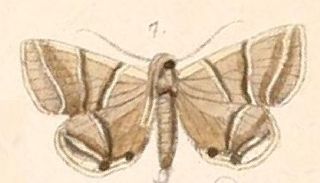
Rejectaria is a genus of litter moths of the family Erebidae. The genus was erected by Achille Guenée in 1854.

Acontia is a genus of moths of the family Noctuidae. The genus was named by Ferdinand Ochsenheimer in 1816. Eusceptis, Pseudalypia and Spragueia are sometimes included in the present genus, but here they are tentatively treated as different pending further research. Many species of Tarache were also once placed here.

Calesia is a genus of moths of the family Erebidae. The genus was erected by Achille Guenée in 1852.

Ercheia is a genus of moths in the family Erebidae. The genus was erected by Francis Walker in 1858.
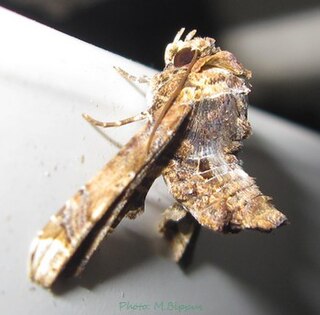
Eutelia is a genus of moths of the family Euteliidae erected by Jacob Hübner in 1823.
Salia is a genus of moths of the family Noctuidae. The genus was erected by Jacob Hübner in 1818.
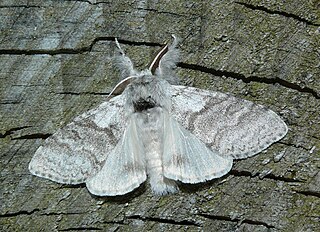
Calliteara is a genus of tussock moths in the family Erebidae. The genus was erected by Arthur Gardiner Butler in 1881.
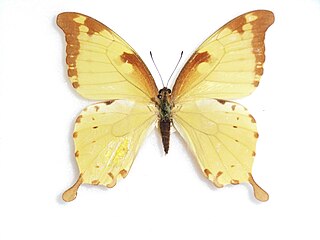
Papilio nobilis, the noble swallowtail, is a butterfly of the family Papilionidae. It is found in Africa.

Calliteara lunulata is a moth of the family Erebidae. It is found in the Russian Far East, Japan, China and Taiwan.

Calliteara arizana is a moth of the family Erebidae first described by Alfred Ernest Wileman in 1910. It is found in Taiwan.
Calliteara albibasalis is a moth of the family Erebidae first described by William Jacob Holland in 1893. It is found in Gabon.

Calliteara baibarana is a moth of the subfamily Lymantriinae first described by Shōnen Matsumura in 1927. It is found in Taiwan.
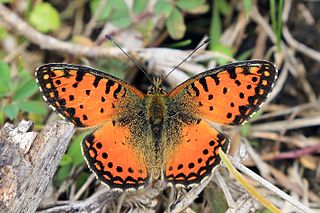
Issoria is a genus of butterflies in the family Nymphalidae commonly found in the Palearctic realm, Africa, and South America.

Calliteara strigata is a moth of the family Erebidae first described by Frederic Moore in 1879.
Calliteara flavobrunnea is a moth of the family Erebidae. It was described by Robinson in 1969. It is found on Fiji.
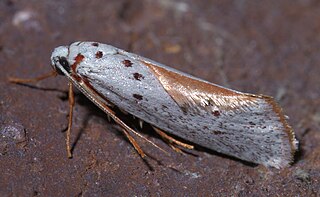
Lactura is a genus of moths in the family Lacturidae.

Scythris sinensis is a moth of the family Scythrididae first described by the Austrian entomologists Baron Cajetan von Felder and Alois Friedrich Rogenhofer in 1875. The moth is found in Asia, Europe and North America.
Fortunata y Jacinta is a 1980 limited television series consisting of an adaptation of 1887 Benito Pérez Galdós' novel Fortunata y Jacinta. Directed by Mario Camus, it was produced by Televisión Española (TVE) in collaboration with French TeleFrance and Swiss Telvetia. It starred Ana Belén as Fortunata and Maribel Martín as Jacinta. It originally aired on the flagship TVE channel.















